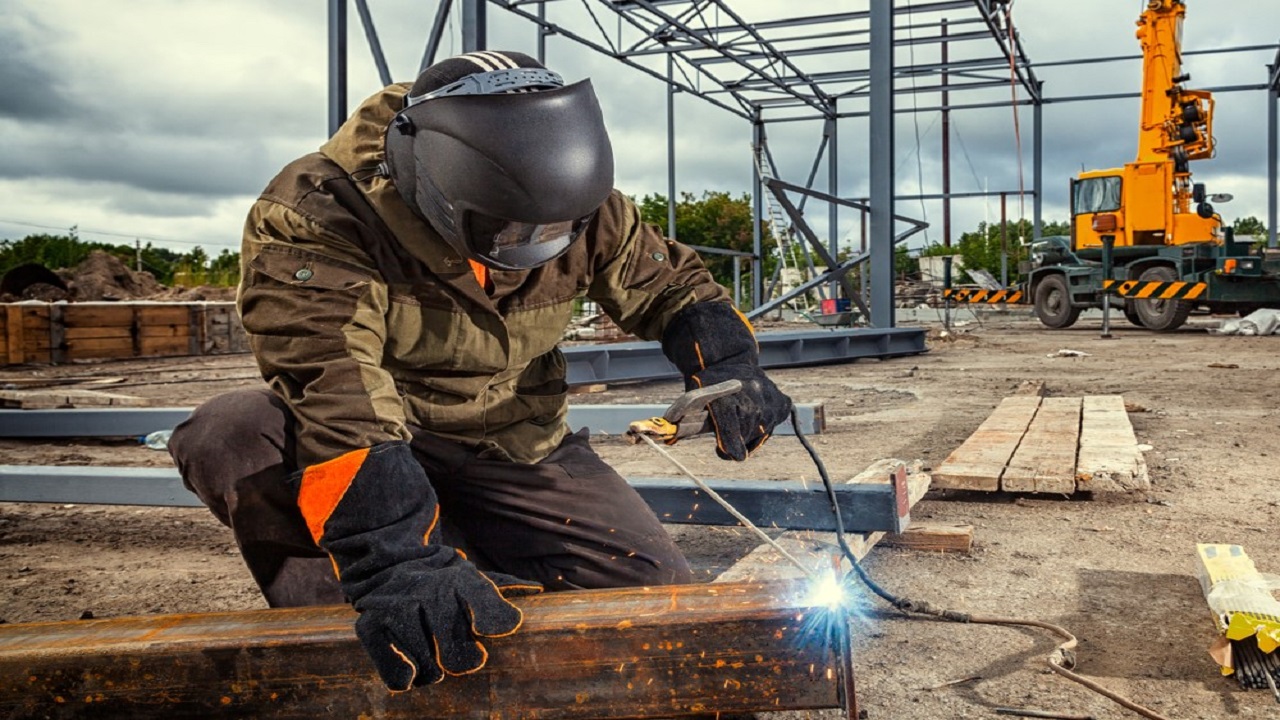Welding galvanized steel presents unique challenges due to the presence of zinc coating on its surface. While galvanized steel offers excellent corrosion resistance, the zinc coating can create complications during the welding process if not handled correctly. However, with the right techniques and precautions, welding galvanized steel can be accomplished effectively, ensuring strong and durable welds.
Understanding Galvanized Steel
Steel that has been coated in a layer of zinc to prevent corrosion is known as galvanized steel. As a sacrificial anode, this zinc coating corrodes before the steel underneath it does. Because of this, galvanized steel is a desirable choice for a variety of applications where resistance to corrosion is crucial, including pipelines, outdoor structures, and automotive components.
Challenges of Welding Galvanized Steel
Welding galvanized steel poses challenges primarily due to the presence of zinc. When heated, zinc vaporizes and can form harmful fumes. These fumes can lead to health risks for welders if proper ventilation and safety measures are not in place. Additionally, the presence of zinc can affect the quality and integrity of the weld if not addressed appropriately.
Pre-Weld Preparation
Before welding galvanized steel, it is crucial to prepare the material properly. The zinc coating must be removed from the area to be welded to prevent issues such as porosity, weld spatter, and weld cracking. This can be achieved through methods such as grinding, sanding, or using chemical cleaners specifically designed for removing zinc coatings.
Welding Techniques
When welding galvanized steel, it is essential to use techniques that minimize the risk of zinc vaporization and ensure the integrity of the weld. One effective technique is to use low welding currents and travel speeds to reduce heat input into the material. This helps prevent excessive vaporization of zinc and minimizes the formation of weld defects.
Another useful technique is to use proper ventilation to remove zinc fumes from the welding area. This can be accomplished through the use of exhaust fans, welding fume extractors, or by positioning the welding operation in a well-ventilated area. Welders should also wear appropriate personal protective equipment, including respirators, to prevent inhalation of harmful fumes.
Post-Weld Treatment
After welding galvanized steel, it is essential to address any remaining zinc on the surface of the weld. This can be done by cleaning the weld with a wire brush or grinder to remove excess zinc and any weld spatter. Additionally, applying a zinc-rich paint or coating to the weld can help restore corrosion resistance lost during the welding process.
Choosing the Right Welding Process
Different welding processes can be used for welding galvanized steel, including MIG (Metal Inert Gas) welding, TIG (Tungsten Inert Gas) welding, and stick welding. Each process has its advantages and limitations when it comes to welding galvanized steel. MIG welding is commonly preferred due to its high efficiency and ability to produce clean welds. TIG welding, on the other hand, offers better control over heat input and is suitable for thin materials. Stick welding is often used for outdoor or field welding applications where portability is essential.
Conclusion
Welding galvanized steel requires careful attention to detail and the implementation of specific techniques to ensure successful outcomes. By properly preparing the material, using appropriate welding techniques, and addressing post-weld concerns, welders can achieve strong and durable welds on galvanized steel while minimizing health risks and maintaining corrosion resistance. With the right knowledge and precautions, welding galvanized steel can be effectively accomplished in various industrial and construction applications.


